Business Analytics blogs
A collection of our most recent articles on

Planday tracks top SaaS KPIs with new dashboard technology: PowerMetrics
By Mitch Dupuis — March 22, 2019
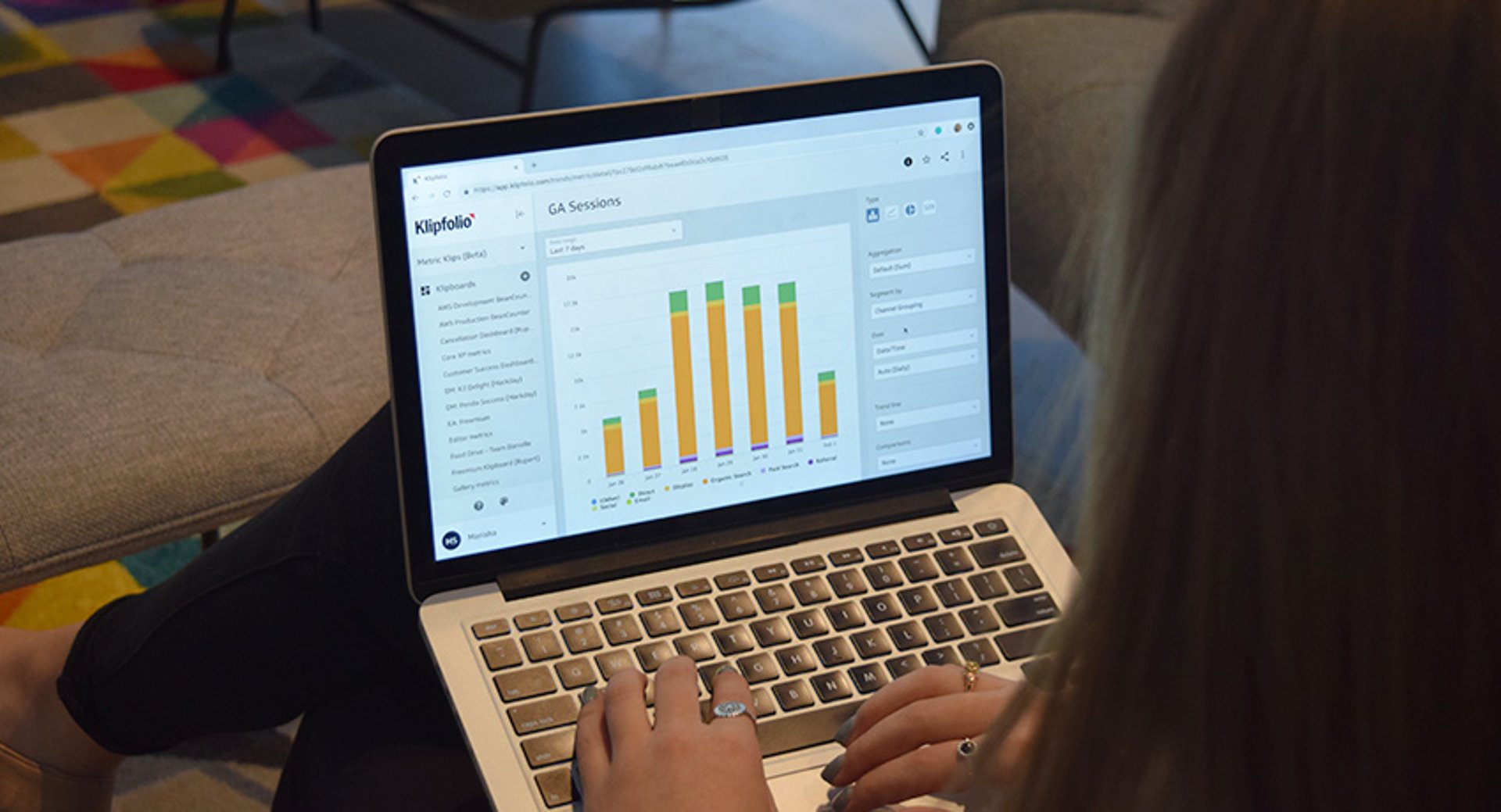
It's not about the database. It's about you. The biggest Klipfolio update ever.
By Allan Wille, Co-Founder — February 6, 2019
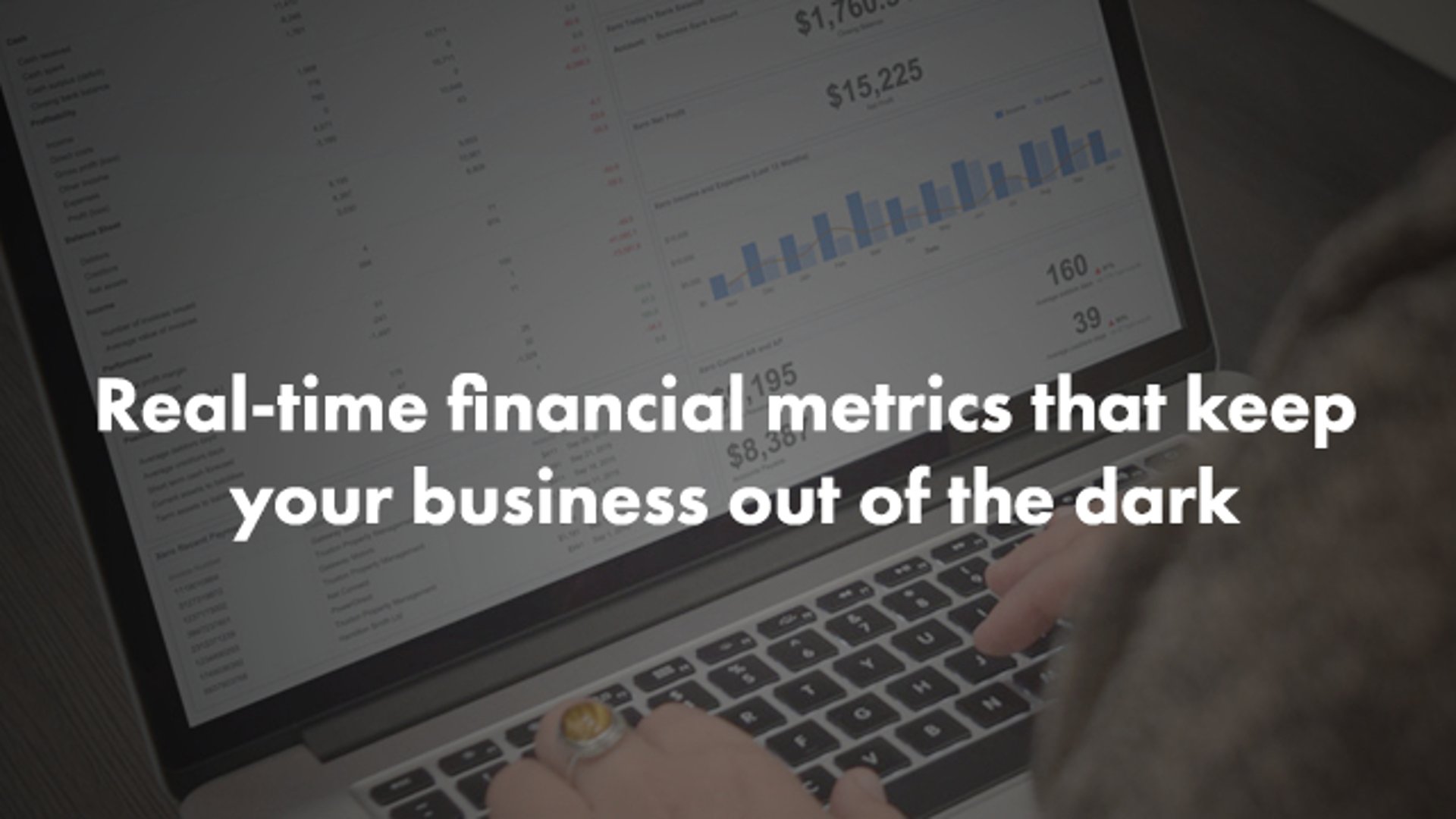
Real-time financial metrics that keep your business out of the dark
By Stacey Shrout — October 13, 2015

What does it mean to have a data-driven mentality?
By Brett Knowles — November 1, 2018

3 KPIs that carriers & shippers should be tracking
By Sydney Wess — January 9, 2020

Why you need to become a data storyteller
By Mark Brownlee — January 24, 2019
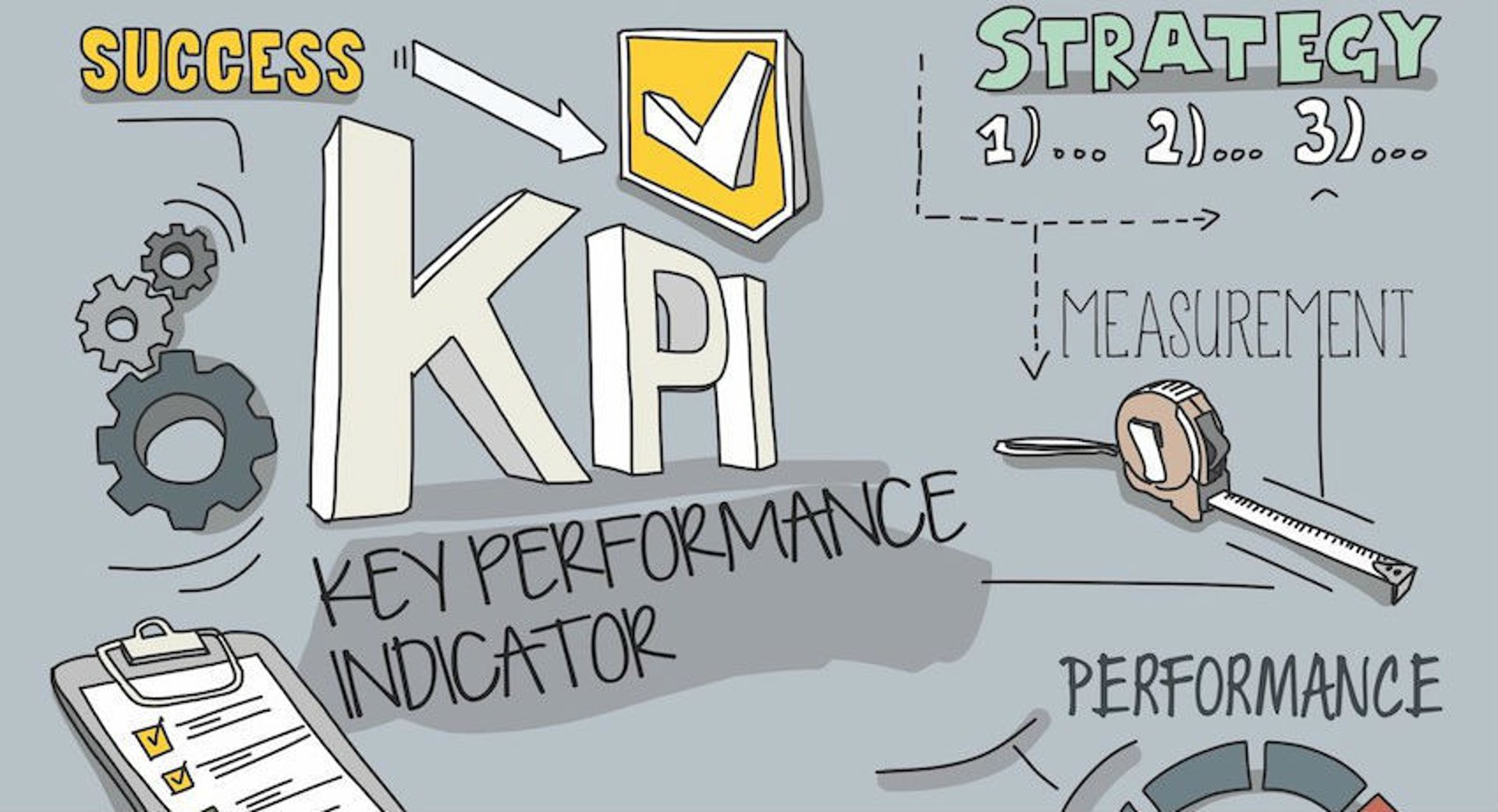
How To Define Your KPIs
By Jonathan Taylor — February 27, 2017

5 tips to understand (and organize) your restaurant data
By Saleem Khatri — December 11, 2019

How smart businesses are making better decisions
By Alastair Barlow — September 27, 2018

Mind the gap: how to conduct a gap analysis that propels your business forward
By Stef Reid — March 5, 2019

Implementing OKRs, faster, cheaper, better – and easier
By Brett Knowles — December 9, 2019
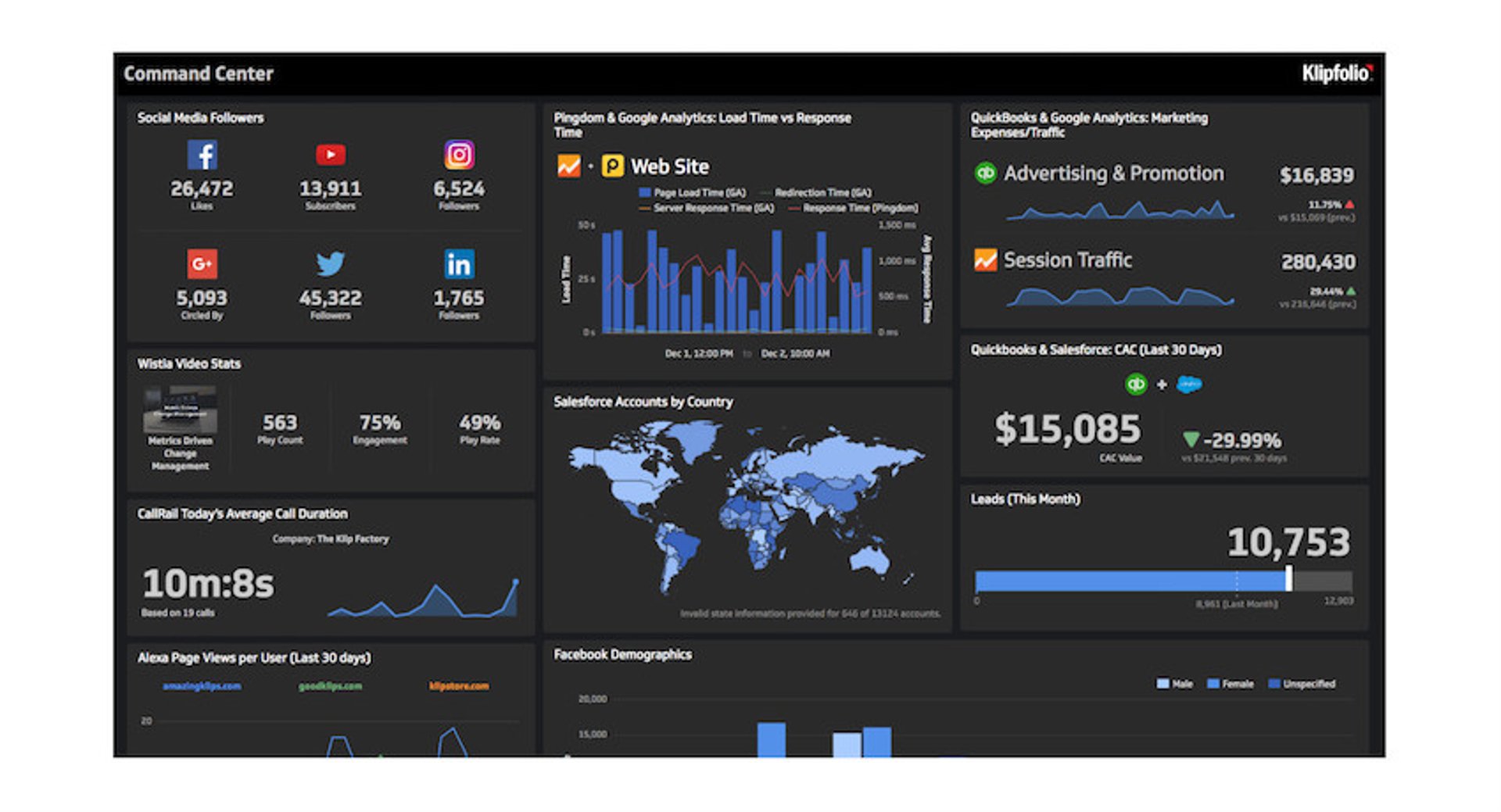
17+ Key Metrics Every Successful Business Leader Should Know
By Cameron Conaway — June 18, 2017

How to: Create calculated metrics in PowerMetrics
By Jonathan Taylor — May 5, 2022

Start your analytics journey with instant metrics
By Jonathan Taylor — June 8, 2022

7 Data Modeling Techniques For Better Business Intelligence
By Jonathan Milne — September 9, 2019
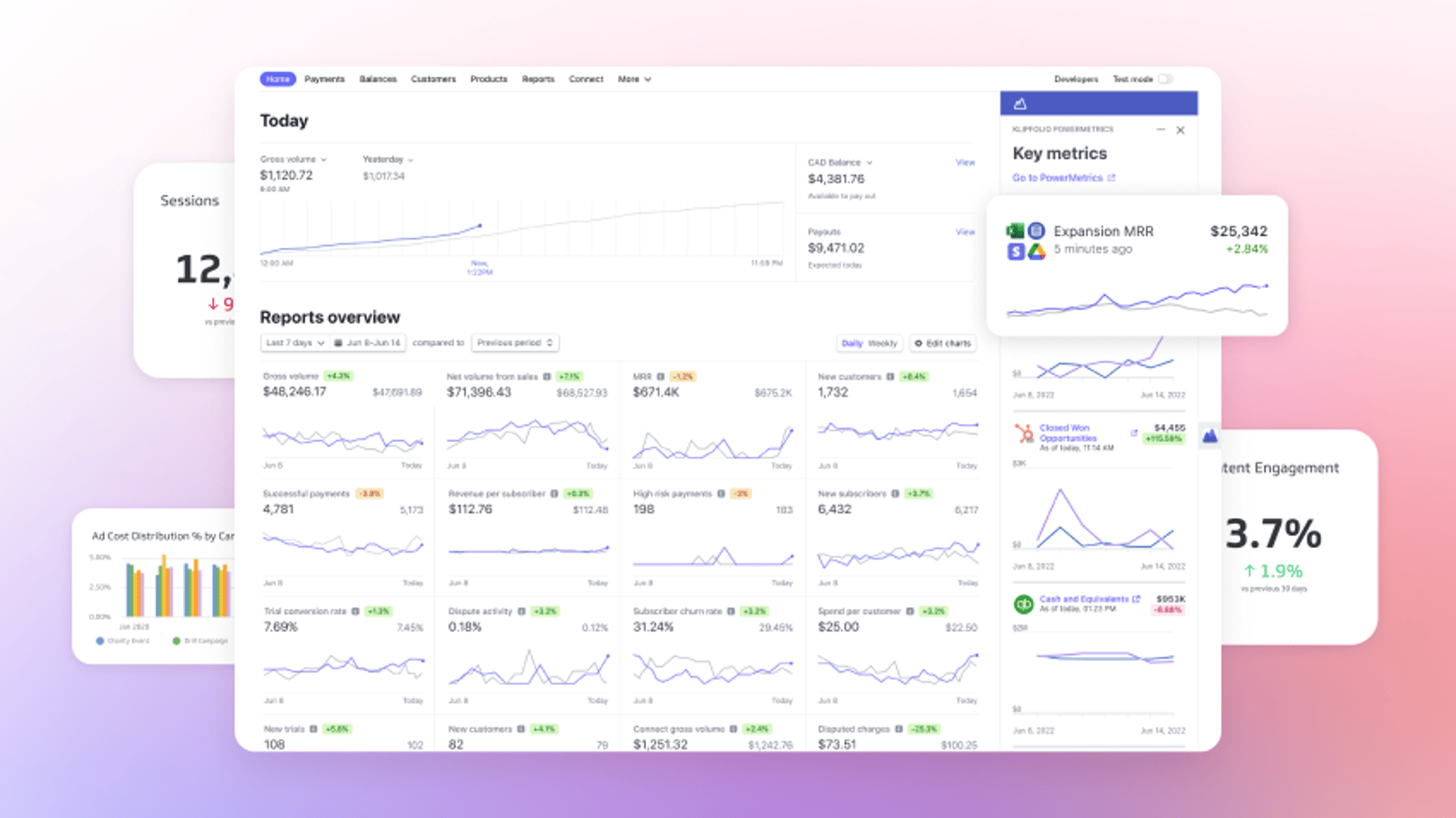
Introducing: PowerMetrics for the Stripe App Marketplace
By Emily Hayward — July 11, 2022
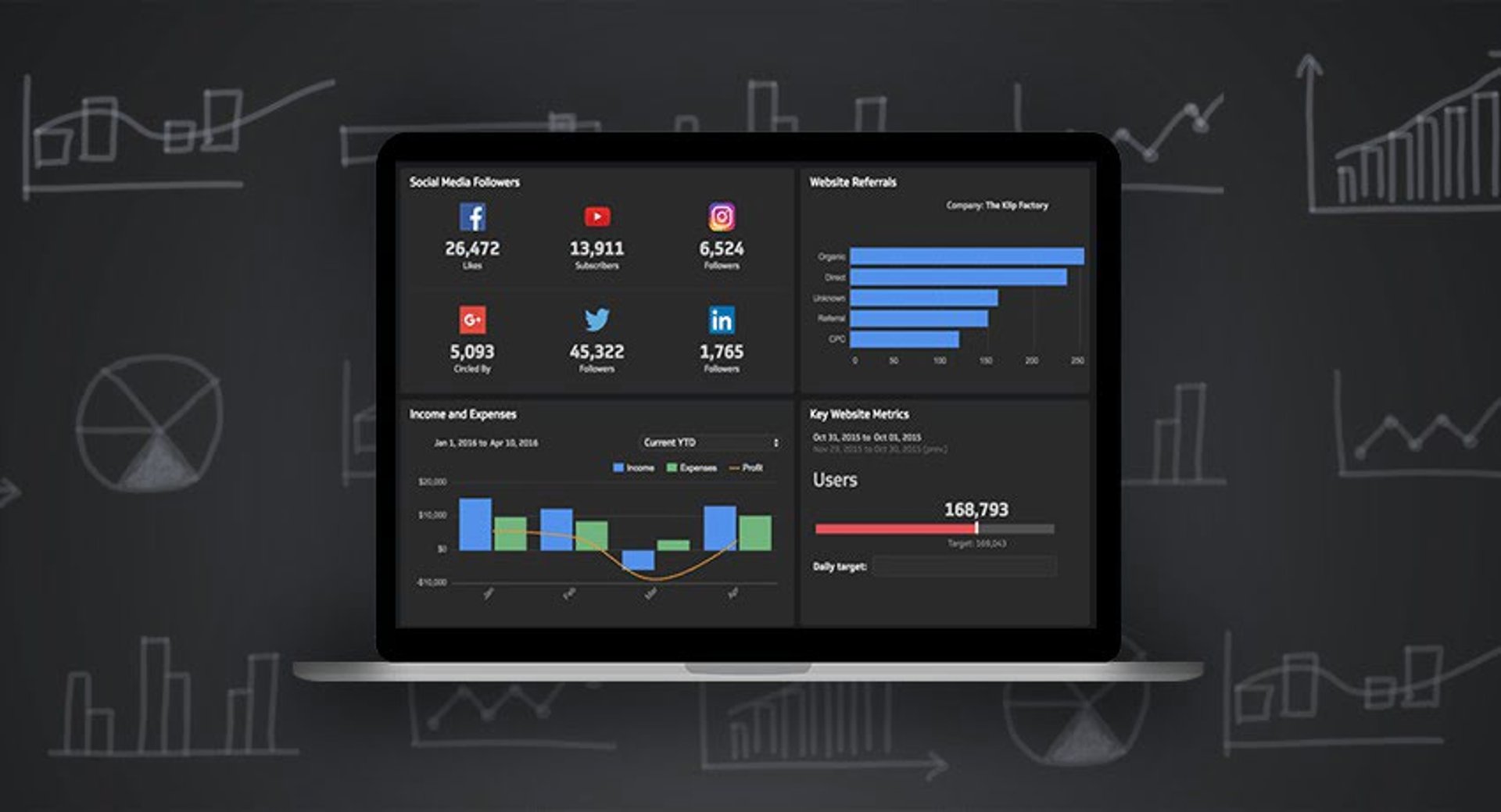
What is a KPI, Metric or Measure?
By Jonathan Taylor — February 22, 2017

Guide to migrating your digital marketing dashboards to Google Analytics 4
By Jonathan Taylor — February 13, 2023

Let’s fix analytics so we can stop asking you for dashboards
By Cathrin Schneider — September 11, 2023
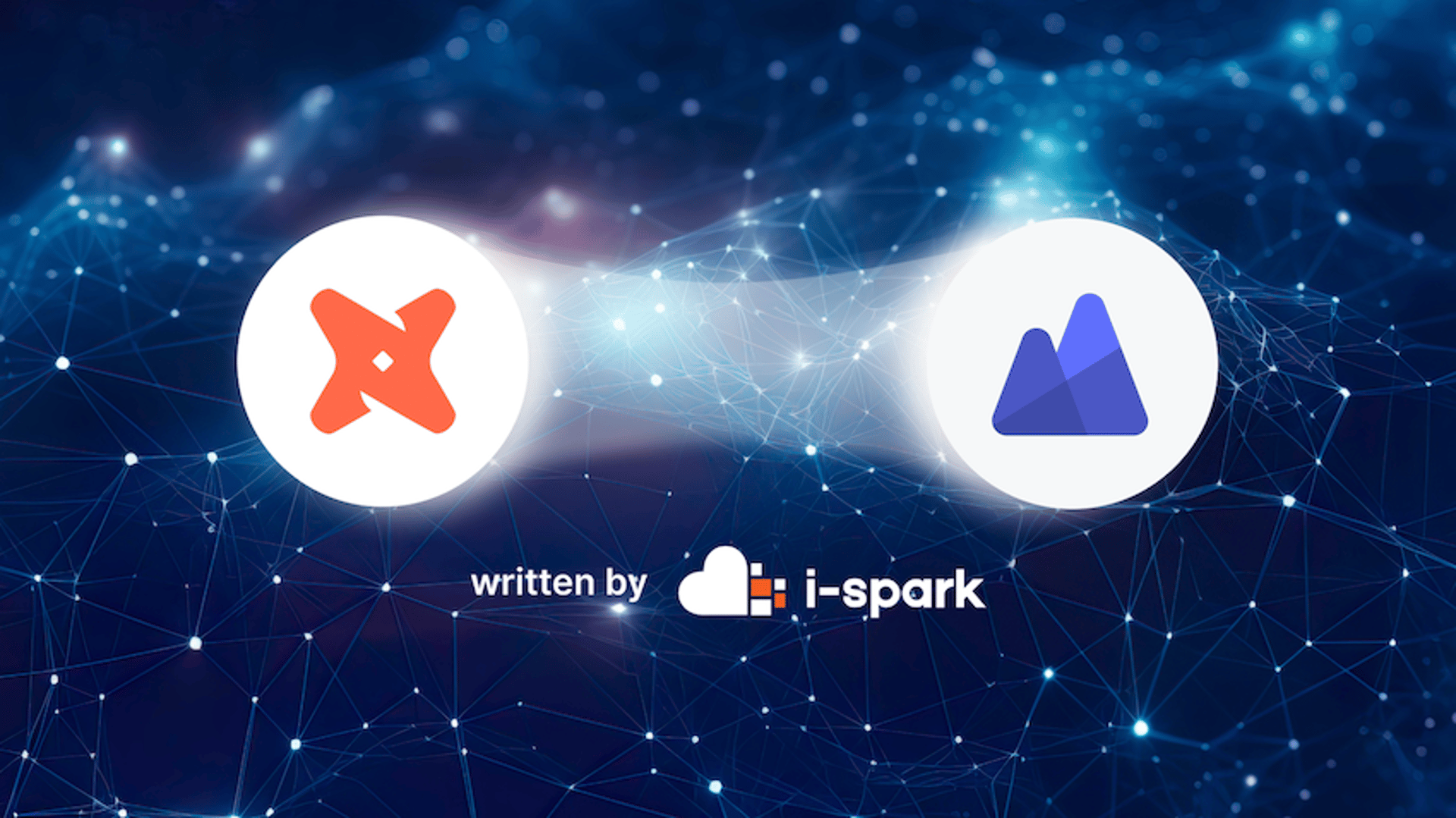
Maximizing Business Insights: The Power of dbt’s Semantic Layer with Klipfolio PowerMetrics
By Jeroen Visser — November 27, 2023

Top Six Data and Analytics Trends – 2024
By Allan Wille, Co-Founder — December 11, 2023

Anatomy of a great API
By Danielle Hodgson — December 22, 2017